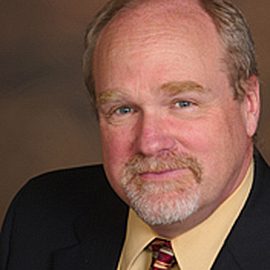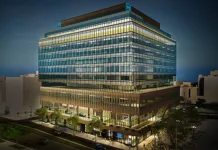
 By Tom Wackerman
By Tom Wackerman
June 13, 2013
Urban and Brownfield properties remain tremendous redevelopment opportunities because of location, existing infrastructure, and in many cases, an authentic sense ofplace. But these opportunities require a clear plan to address environmental and infrastructure management, and a method to obtain gap financing for extraordinary redevelopment costs and challenges. For the right type of project, Brownfield incentives can provide the assistance necessary to fill those financing gaps.
The Basic Steps
With recent changes in the legislation, both the environmental assessment and Brownfield incentives programs in Michigan have new steps and requirements. Assessments are more focused on how impacts affect air quality, and although the Baseline Environmental Assessment still exists, there is more emphasis on Due Care Plans and the associated maintenance and control requirements. Agency review is now limited to Response Activities Plans and No Further Action Reports, two new steps.
Contrary to popular belief, incentives for urban and Brownfield redevelopment still exist, and, although there are numerous focused incentives, there are five main programs that every developer and community needs to know about. To be eligible for these programs, a project must be a facility (contaminated above residential criteria), an historic resource, blighted, functionally obsolete, part of a landbank, a transit oriented development, adjacent and contiguous to any of these types of properties (if the adjacent property increases the taxable value of the
subject property), or a previously developed property with historical impediments to redevelopment.
The first program is Brownfield Tax Increment Financing (TIF). This is one of the most flexible and direct tools to offset extraordinary costs. In addition, it still provides opportunities for the developer and the community to obtain incentives from the incremental value of investment in real estate development, and for communities to create and fund local site remediation revolving loan funds (LSRRF). The list of eligible costs differs depending on the type of community you are in, but there are some notable new eligible costs that will assist in urban redevelopment; specifically, the costs associated with underground and multi-level parking structures and urban storm water management systems.
The basic eligible costs still include: environmental assessments and investigations, response activities, remediation, engineered controls, demolition, asbestos and lead abatement, site preparation, infrastructure improvements, and various additional incentives for land banks and core communities.
The second program is the Community Revitalization Program (CRP), which provides grants, loans and other assistance to help close financing gaps on eligible projects. The incentives are based largely on the amount of the investment as determined by the construction costs. However, when approving applications,
the MEDC will consider whether the project provides revitalization of a regional urban area, is located in a downtown or traditional commercial center, is important to the community and has the community’s support (both conceptually and financially), and, most importantly, if it requires incentives to succeed. Additional considerations include, but are not limited to, development density, job creation, and reuse of vacant or historic buildings.
The incentives can be no more than 25 percent of the eligible investments. The incentives can be a combination of a grant and loan, but there is a maximum grant amount of $1 million per project and a total limit of $10 million per project. Allocation and repayment of the incentive is performance based, with grant repayment required under some circumstances.
In the third incentive source, some communities have used the last few years to fund their local site remediation revolving fund. The types of costs that are eligible include assessment, remediation, site improvement and demolition – in fact, anything that is eligible under the TIF program. Allocation and financial mechanism are determined by the local unit of government, but funding can be provided as a loan or grant, with the option to provide it in a single payment, with repaymentprovided over time by the Brownfield TIF.
The fourth option is the new Brownfield Redevelopment Fund, which will permit the state to provide funding for eligible activities. More importantly, as with the LSRRF, this funding can be provided up front with repayment obtained from the Brownfield TIF.
The fifth mechanism is the EPA grant program. Grants are available in various communities to cover the full cost of environmental assessment, or, for specific properties, the cost of remediation. These grants are allocated annually, and are administered by the municipality.
Next Step?
A combination of appropriate assessment, control, and site design can help make an urban or brownfield project a success, but incentives are typically required. Incentives are available for projects in Michigan, but not all projects will qualify, and depending on the community, the definition of eligible costs may vary. The recommended approach is to review project costs early to identify those that are eligible, and then approach both the local community and the MEDC to determine eligibility for the project.
Only after you have a sense of the local and state support for the project, and the level of eligible costs relative to your funding gap should you start preparing the reports and applications necessary for the approval process. ASTI can provide free initial assessments for any project in Michigan.
Thomas Wackerman, president and founder of Asti Environmental, is practice leader for the company’s Brownfield Restoration Group. Asti Environmental is based in Brighton and Grand Rapids, Mich. For more information about urban restoration contact Wackerman at (810) 599-5463 or [email protected].








